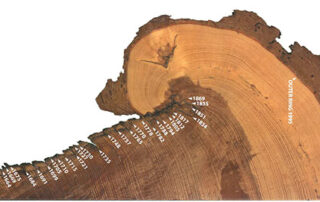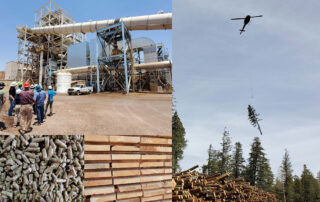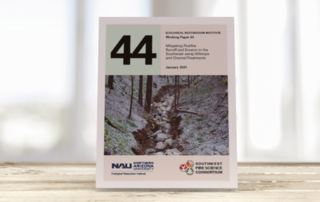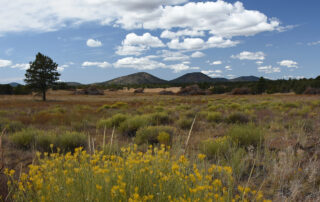Science Flash December 2021: Advancing Tribal Forest Management
In Arizona and New Mexico, there are 10 million acres of tribal forested land. Across the US, tribes share thousands of miles of forested boundaries with federal land management agencies. For example, tribes share [...]











